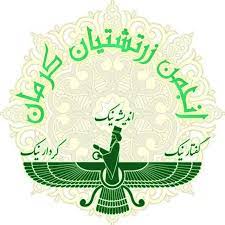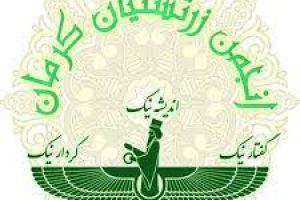There are signs left from the powerful rule of Urartu, each identified as part of ancient heritage of the Iranian plateau. Those works are signs of the advanced history and culture and also the ruling power of the Urartians. A surviving example of that ancient civilization is the “Razliq” inscription. In this work, King Urartur talks about his dominance over the surrounding lands and capturing a fortress from the enemy.
The place where the Razliq inscription can be seen is a village with the same name. Razliq village is located in Sarab City in East Azerbaijan province. this inscription is carved on top of Mount Zaghan, next to Pesler River. This inscription is a surviving work of the Urartu civilization.
It is 110 cm long, slightly over 80 cm wide, and has 16 lines. This inscription was written by the order of Argishti II (685-730 BC), the king of Urartu. In the 9th century BC, the Urartians formed a famous rulership in the southern mountains of the Caucasus. The provinces of West and East Azerbaijan and Ardabil were part of their territory.
Razliq inscription can also be called a “victory proclamation”, we will refer to its text later. It is carved and written facing south, in the heart of a rock. It is written in cuneiform alphabets. There was also a castle next to it, which is now destroyed. This fort is mentioned in the stone inscription. However, the remnants of the walls of this fortress are still visible and show that it was an essential place with military values for the Urartu rulers’ hip in that ancient era. A few steps from the grand staircase of the fortress are also left.
It can be seen from the Razliq stone inscription that the Urartu government was at the height of its military power. Its king had a god-like position and saw himself as superior to the people and rulers around him. A translation of Razliq’s stone inscription is as follows: “With the help and ability of Khalidi (God of Urartu). Argishti says: I marched to the land of Arhu. I captured the lands of Olusho and Berku. I reached the banks of the river Mona and returned from there. I conquered the land of Gerdio, the Ghettos, and Trishido. I took the city of Rotomania. I took ransom from them. I took this fortress by force and rebuilt it. I called this fortress Argishti Irdu. I made the people obey Khalidi and Argishti, the great king, Shah Jahan, the king of kings, and the Lord of the city of Toshba. Argishti says: “Whoever erases my name or harms this inscription, I hope the gods Khalidi, Teysheba and Shivani will destroy him in day light.”
Current state of Razliq inscription
Unfortunately, reports from the past few years say that the Urartu inscription of Razliq is not in good condition, and there have been encroachments on the area around it. According to the report of Mehr news agency, this work is “on the verge of destruction,” although the cultural heritage officials of the province said that “it will be kept in a safe place.” In that year, the governor of Sarab considered the damage to the Razliq inscription as indifference to the origin and history of the people of Sarab. He asked the authorities to “take action on this matter” if nothing is done about it, it will “suffer serious injury.” On the other hand, unauthorized diggers sometimes go to this ancient work and do additional damage, hoping to find treasures and fictional works. Governor Sarab also said, “Now, if you look at the appearance of this inscription, we will see fundamental changes and the beginning of injuries.”
It is also worth mentioning that a copy of the Razliq inscription is kept in the East Azerbaijan Museum, and visitors can see a sample there.










